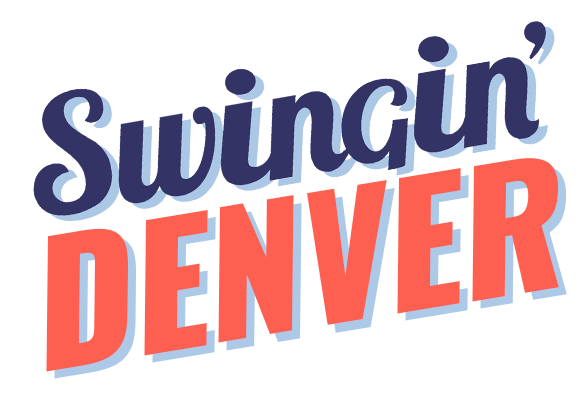Lindy Hop speaks for itself. It’s wonderfully dynamic, playful and powerful. As Jacqui Malone writes “its hallmarks are improvisation and spontaneity, propulsive rhythm, call-and-response patterns, self-expression, elegance, and control.” A Lindy Hop social dance rarely repeats itself because the partner, the song, and your life experience are rarely the same at that moment in time.
So why do some lindy hop instructors get in the way by trying to share the dance verbally when it’s a physical expression? When teaching, strive to let your dance students experience Lindy Hop through dancing as much as possible, especially dancing to swing music. This is because, as I sit here and reflect on my past dance experiences, there is nothing quite like dancing it out for yourself, dancing through mistakes, and trying to connect to a different partner to a new section of music. Lindy Hop is best experienced kinesthetically.
So let’s dance more and speak less.
